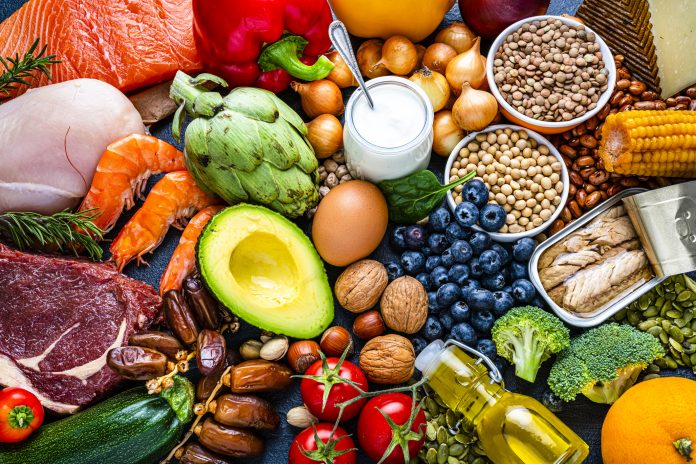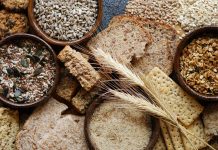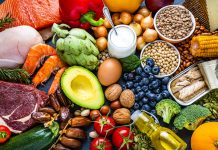When you eat your dinner, the communication between your stomach and brain is believed to prevent you from overindulging
However, this hypothesis was only directly examined once a group of researchers at UC San Francisco decided to investigate the matter.
Digestion regulation
As it turns out, the scenario is altered. Led by Zachary Knight, PhD, a professor of physiology at UCSF’s Kavli Institute for Fundamental Neuroscience, the research team found that our sense of taste prevents us from devouring food excessively, especially on a hungry day. When our taste buds are stimulated, a specific group of neurons, promptly becomes active to limit our food consumption.
The research, published on November 22, 2023, in the journal Nature, may provide insights into the mechanisms of weight-loss drugs such as Ozempic and offer clues on enhancing their effectiveness.
Forgotten concepts
More than a century ago, Pavlov theorised that food’s visual, olfactory, and gustatory aspects play a crucial role in regulating digestion. While studies in the 1970s and 1980s suggested that the taste of food might influence eating speed, investigating the relevant brain activity during eating has been challenging. This is due to the location of the brain cells controlling this process deep in the brainstem, making them difficult to access or record in an awake animal.
Over time, this concept had faded from attention, according to Knight. The lead author, Truong Ly, PhD, a graduate student in Knight’s lab, developed new techniques that enabled the first-ever imaging and recording of a brainstem structure crucial for the sensation of fullness—the nucleus of the solitary tract, or NTS—in an alert, active mouse.
Using these techniques, he examined two types of neurons known for decades to be involved in food intake.The researchers discovered that when food was directly introduced into the mouse’s stomach, brain cells known as PRLH (prolactin-releasing hormone) were triggered by nutrient signals originating from the gastrointestinal (GI) tract, consistent with conventional understanding and previous study findings.
These gut-derived signals were absent when the mice were allowed to consume food in their usual manner. Instead, the PRLH brain cells exhibited a different activity pattern, entirely influenced by signals originating from the mouth.
Behaviour of neurons
As Ly noted, the behaviour of the PRLH neurons appears to influence the mice’s perception of the food’s palatability. This aligns with the human experience that food becomes less appealing once satiety is reached.
The deceleration prompted by PRLH neurons also aligns with the aspect of timing. Food tastes prompt these neurons to rapidly shift their activity, transitioning from monitoring the gut to responding to signals from the mouth within seconds.
A distinct set of brain cells known as CGC neurons takes several minutes to respond to signals from the stomach and intestines. Operating on slower time scales—tens of minutes these cells can suppress hunger over an extended duration.
Interactions between taste and gut signals
Enhancing our comprehension of how signals from various bodily regions regulate appetite could pave the way for tailoring weight-loss strategies based on individual eating patterns. This involves optimising the interaction between signals from the two distinct sets of brain cells, as suggested by the researchers.
The team intends to delve into these interactions, aiming to gain a more comprehensive understanding of how taste signals from food intertwine with feedback from the gut to subdue our appetite throughout a meal.
Editor's Recommended Articles
-
Must Read >> Does a high-fibre diet reduce the risk of cancer?














